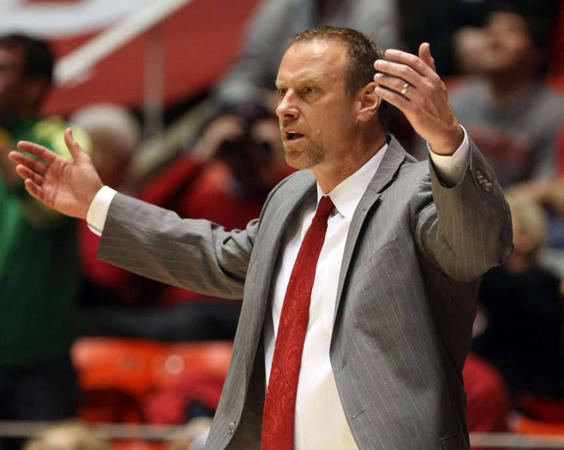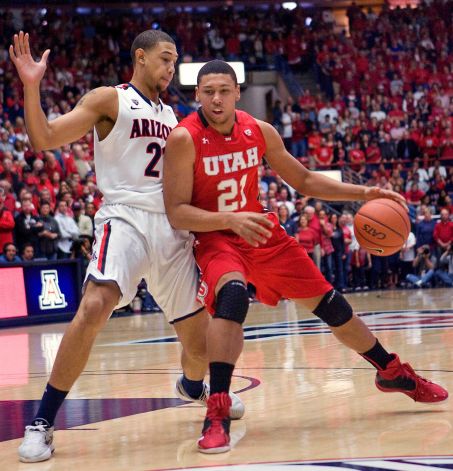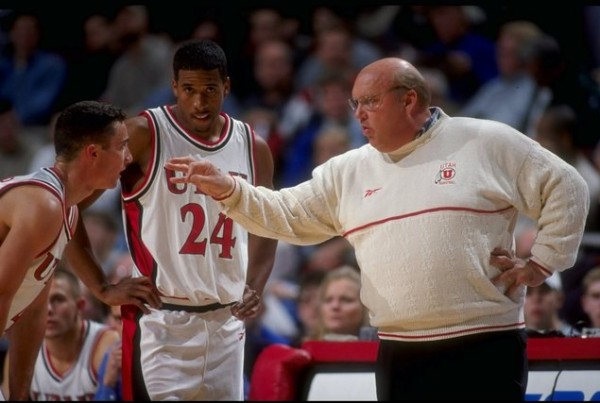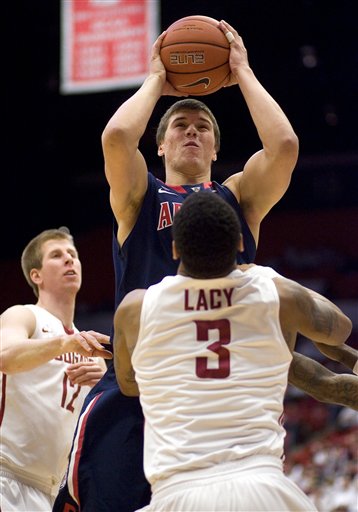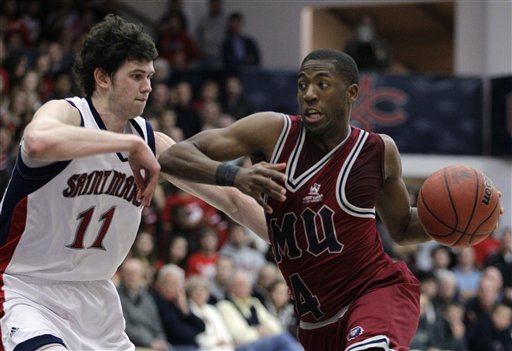On the Rise Of Utah Basketball
Posted by Andrew Murawa (@AMurawa) on February 26th, 2015On Saturday, Arizona will travel to Utah for a game with major implications to the Pac-12 regular season title picture. Any casual basketball fan knows the general story of Sean Miller and his refresh of the Wildcats program – a program with a proud history returned to elite status following the bumpy ending of the Lute Olson era. What many may not recognize is that the Utes are following a similar path. Following the stability and excellence of the 14 years of the Rick Majerus era (which featured no losing records, 10 seasons with at least 24 wins, a Final Four and 11 NCAA Tournament appearances), the Utes burned through two coaches in seven years and suffered four losing seasons over that volatile stretch. Compared with Arizona’s post-Olson struggles, Utah’s downturn was far more pronounced. But through the combination of the right hire, rampant roster revamping and, let’s face it, some good luck, the Utes have come out the other side of their dark period as a member of a power conference and back to national contention.
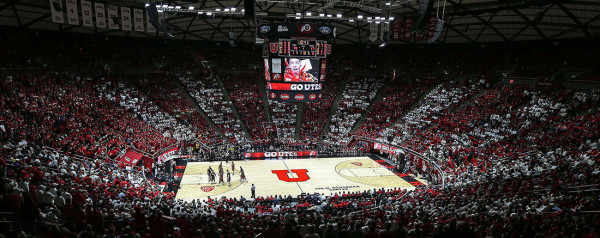
After A Rough Transition Post-Majerus, Utah Basketball Is Back In Its Rightful Place. (Utah Athletics)
The 2010-11 season was a great example of mixed emotions around the Utah basketball program. There was the excitement that the Utes were headed to a new conference – the newly named Pac-12 – in the following season. But at the same time, the current edition of the team was struggling to a tie for sixth place in the Mountain West as head coach Jim Boylen wrapped up his four-year stint with a third losing conference record. The program was coming off a season in which five players (including some guy named Marshall Henderson, and another one named Carlon Brown – who went on to be a Pac-12 Tournament MVP in leading Colorado to an NCAA bid in 2012) had transferred out of the program. Boylen was subsequently fired, and after a search that included St. Mary’s Randy Bennett and former Alabama head coach Mark Gottfried as candidates, Montana’s Larry Krystkowiak was named the new head coach on April 2, 2011.






























